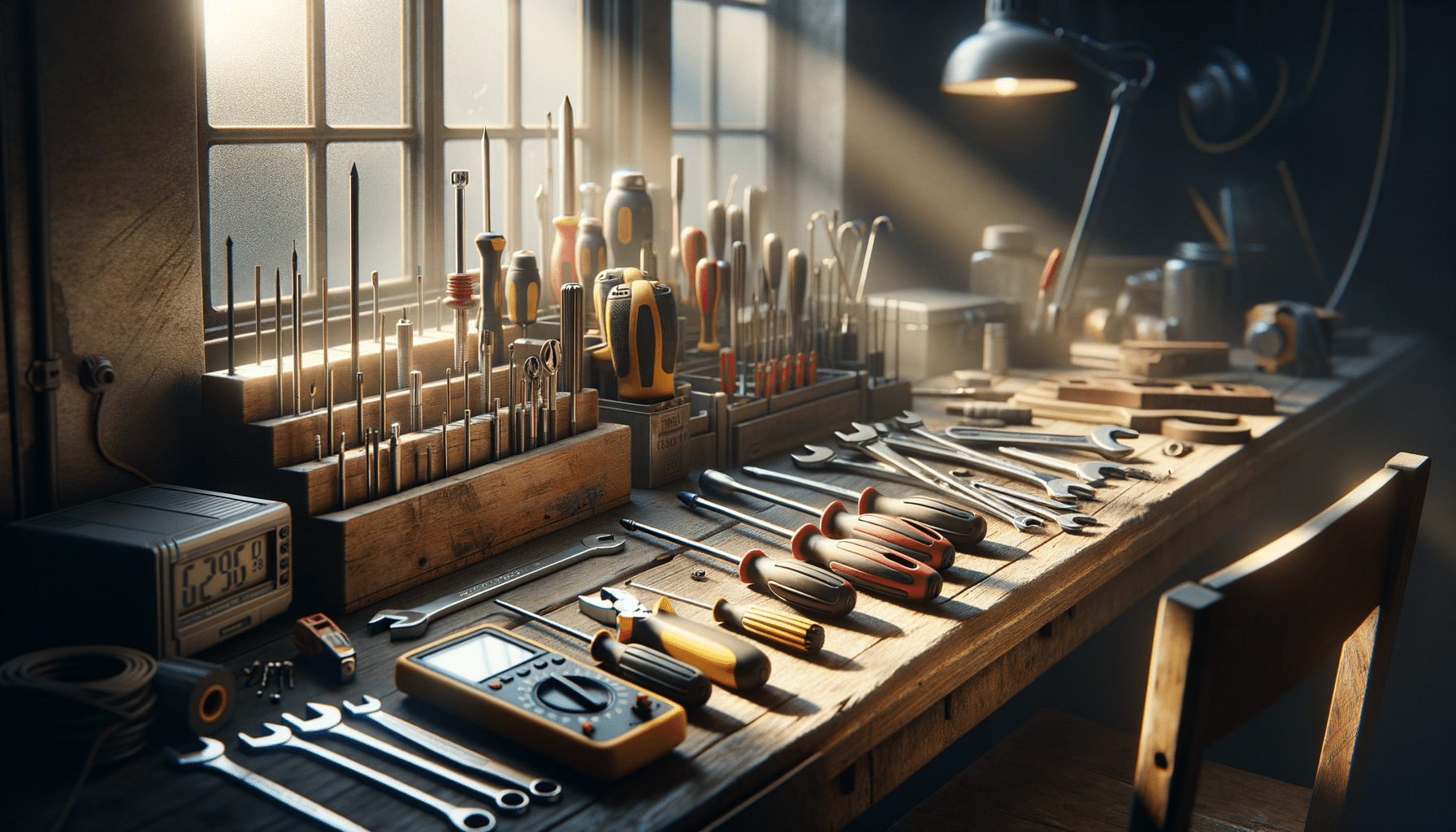
Complete Guide to Home Appliance Repair
Introduction to Home Appliance Repair
Home appliances are essential components of modern living, making our daily tasks easier and more efficient. However, when these appliances malfunction, it can cause significant inconvenience. Understanding how to repair common issues can save time and money, and extend the lifespan of your devices. This guide offers a comprehensive overview of home appliance repair, providing valuable insights into maintaining and fixing your household gadgets.
Understanding Common Appliance Problems
Many appliance issues are more common than you might think. Recognizing these problems early can prevent further damage. For instance, refrigerators often face issues like inadequate cooling or leaks. These can be caused by faulty door seals or clogged defrost drains. Washers may experience problems such as not spinning or draining, often due to a jammed pump or clogged hose. By identifying these common problems, you can take the first step toward effective repair.
To diagnose these issues accurately, pay attention to unusual sounds, leaks, or inefficiencies. A simple checklist can help:
- Check for visible damage or wear.
- Listen for unusual noises.
- Examine hoses and seals for leaks.
- Ensure proper power supply and connections.
By understanding these signs, you can decide whether to repair the appliance yourself or seek professional help.
Essential Tools for Appliance Repair
Having the right tools is crucial for successful appliance repair. While some repairs might require professional equipment, many common issues can be addressed with basic tools. Here’s a list of essential tools that every DIY enthusiast should have:
- Screwdrivers: Both flathead and Phillips screwdrivers are necessary for opening appliance panels.
- Multimeter: Useful for checking electrical connections and ensuring components are receiving power.
- Wrench Set: Adjustable wrenches are needed for tightening or loosening nuts and bolts.
- Pliers: Handy for gripping and manipulating wires and small components.
- Nut Driver Set: Helps in removing and installing nuts of various sizes.
Equipped with these tools, you can perform many basic repairs, such as replacing a faulty thermostat or a worn-out gasket.
Safety Precautions During Repairs
Safety should be a top priority when repairing home appliances. Electrical appliances, in particular, pose risks of shock or injury if not handled properly. Here are some crucial safety measures to consider:
- Always unplug the appliance before starting any repair work to prevent electric shock.
- Wear protective gear, such as gloves and safety goggles, to protect against sharp components and electrical hazards.
- Work in a well-lit area to clearly see what you’re doing and avoid accidents.
- Follow the manufacturer’s instructions and guidelines to ensure proper handling of the appliance.
- If uncertain, consult with a professional to avoid potential hazards.
By adhering to these safety precautions, you can minimize the risk of accidents and ensure a safe repair process.
When to Call a Professional
While many minor appliance issues can be resolved with DIY repairs, there are times when professional intervention is necessary. Complex problems, such as those involving the appliance’s internal components or electrical systems, should be handled by experts. Signs that indicate the need for professional help include:
- Persistent malfunctions despite attempted repairs.
- Strange odors or smoke emanating from the appliance.
- Complex electrical issues beyond basic troubleshooting.
- High-risk repairs that could affect the appliance’s warranty.
Calling a professional ensures that the repair is done correctly and safely, potentially saving further costs and complications in the long run.
Conclusion: Embracing DIY and Professional Repairs
Repairing home appliances can be a rewarding endeavor, offering both cost savings and a sense of accomplishment. By understanding common issues, gathering the right tools, and following safety precautions, you can tackle many repairs on your own. However, recognizing when to call in a professional is equally important to ensure the longevity and safety of your appliances. Whether you choose to DIY or seek expert help, maintaining your appliances is a vital part of homeownership that enhances convenience and efficiency in your daily life.


